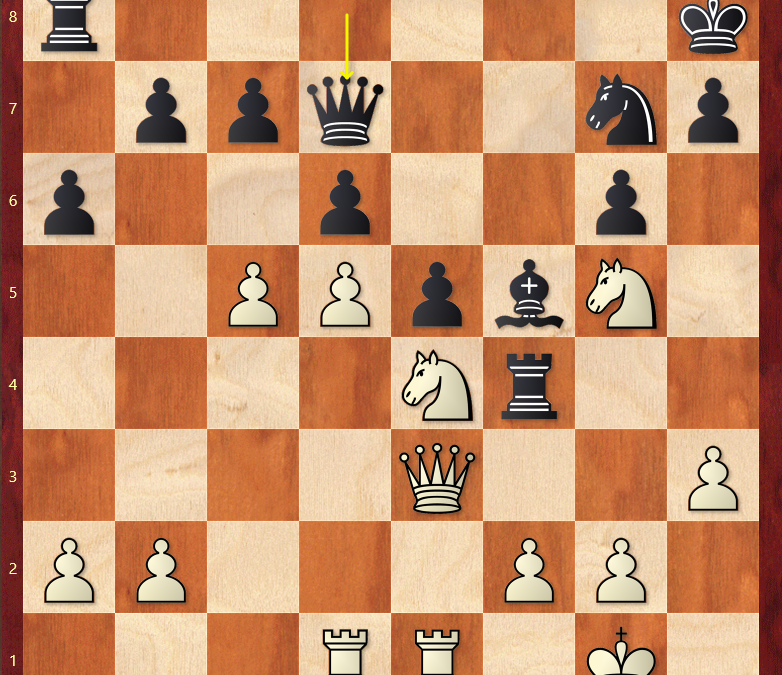Knights and their habits
Last week, we analysed the relationship between knights and their outposts. Today, we explore further elements of knight strategy: restriction, the knight pair in attack, and blockade.
Restriction
Knights need advanced support points to be effective. Without them, they often find themselves roaming the board without a clear role. The most effective way to restrict knights, then, is to take away their advanced support points.
A pawn placed three squares in front of an enemy knight is a typical pattern of restriction, as the pawn restricts the knight’s ability to advance.
Steinitz produced many examples of this simple but effective strategy in his games, including his victory against Burn at Hastings 1895.
Tartakower demonstrated the power of taking away the enemy knight’s support points in his victory over Freiman at St Petersburg 1909.
Another great example of using pawns to restrict the enemy knights occurred in Alekhine’s victory over Fahrni at Karlsbad 1911.
Knight Pair in Attack
The knight pair can often combine to be a dangerous attacking weapon, causing havoc by leaping around the enemy king.
The knights were particularly dangerous in Lasker’s victory over Steinitz at St Petersburg 1895.
Another good example was produced by Chigorin over Shabelsky at St Petersburg 1900.
Blockade
Knights are usually the best blockaders. This is because their ability to jump over other pieces means that being entrenched in front of a pawn does not limit their mobility. If the blockading square is also an outpost from where it cannot be kicked away, the knight often becomes very powerful.
A good example of this occurred in the game Nimzowitsch – Salwe, Karlsbad 1911.
The strategic battle will therefore often revolve around whether the blockading knight can be removed, allowing the blockaded pawn to advance, or whether the knight can be maintained and continue to exert its control over the position.
Bogoljubow managed to remove the blockading knight in his victory over Réti at Berlin 1919.
Restriction, blockade, and the knight pair in attack are key elements of knight strategy. Mastering them will make anyone a stronger player.
For more resources to improve your game, remember to join the Elite Chess group at chesstribe.com!
If you have read this far, that means you’re interested in getting better at chess. You deserve to improve your chess skills. We want to help you do that. Click here to receive our FREE weekly newsletter: https://elitechess.co/shop/my-account/


Recent Comments